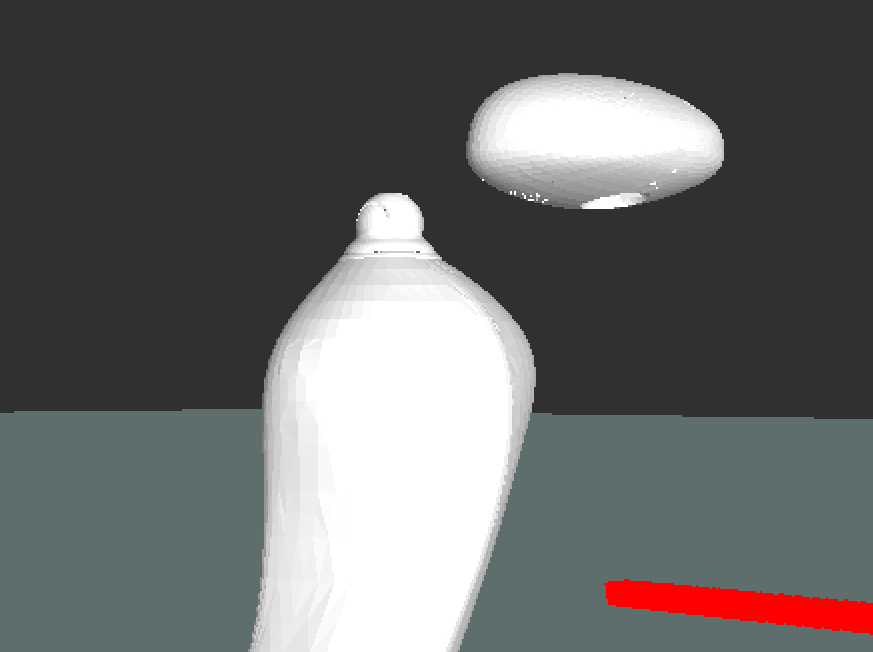Visual robot model dismembered
It sounds horrid, and that is exactly what it looks like :p
I have a visual robot model, now only consisting of a base and a head. Both are separate links and they have their separate mesh. The head is attached through continuous joints in the neck. If I now drive with the robot, the base will move seemingly smooth, however the head will detach from its link occasionally and drag behind a bit. See the picture for more information.
If I change the joints to fixed joints, this does not happen. If I decrease the refresh rate of the joint publisher node, it gets worse, if I increase the rate it gets better, but you still notice some detachments on occasion. Is there anything I can do about this?

Best regards, Hans


